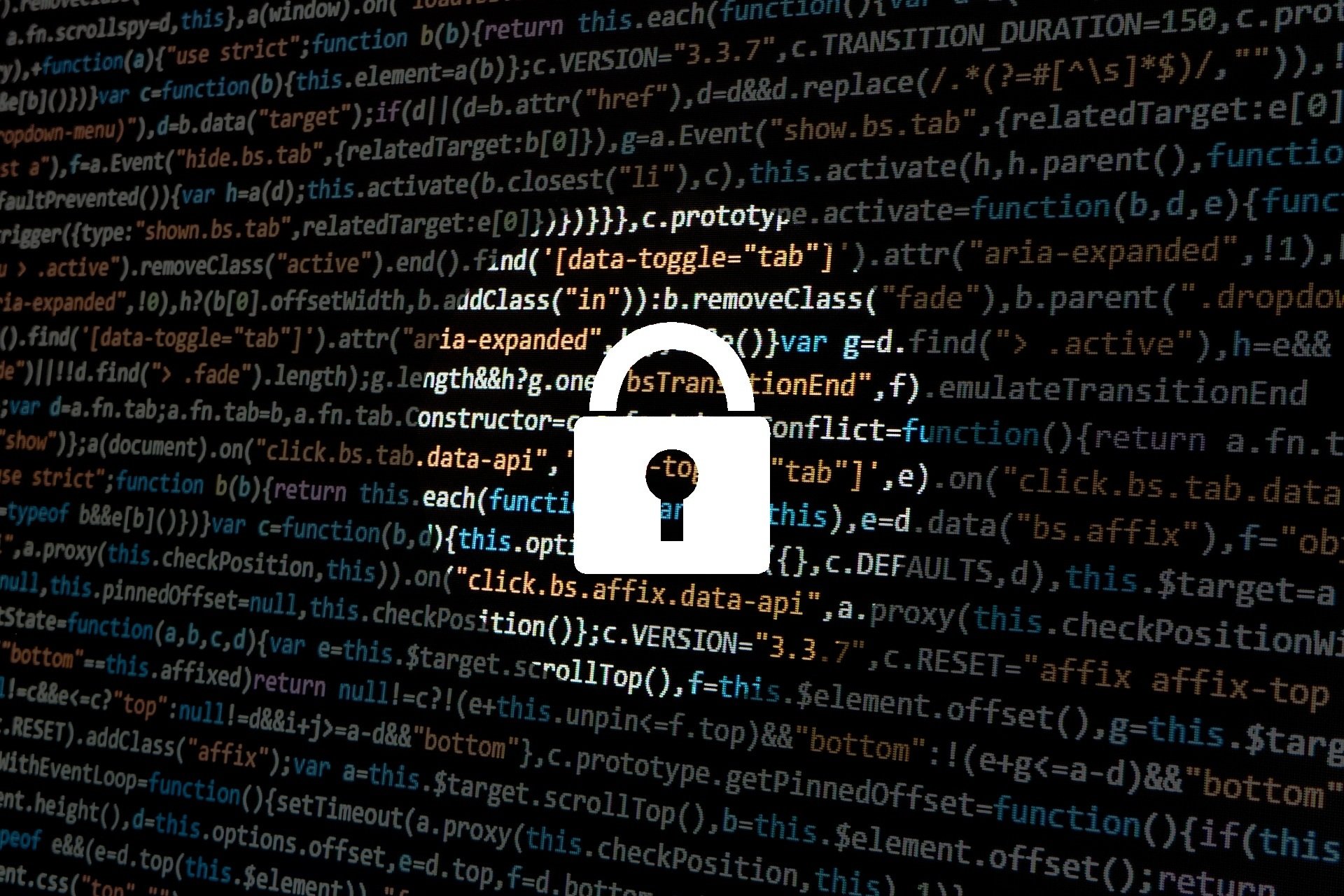
State unemployment trusts intended to help millions of jobless Americans have been infiltrated by criminals filing fraudulent unemployment claims and siphoning billions in taxpayer-funded benefits into their own accounts. It’s a multi-billion dollar problem and harms employers, employees, and legitimate beneficiaries.
As of November 2020, scammers from around the globe have collected $36 billion in CARES Act unemployment benefits, capitalizing on overwhelmed unemployment systems already struggling to disperse benefits to millions of newly jobless people.
Much of the fraud comes in the form of imposter claims, where criminals use stolen personal information to apply for unemployment benefits in someone else’s name. In California for example, scammers used the names of prison inmates to collect more than $400 million in benefits.
In an anonymous interview with USA Today, a Nigerian man involved in an international hacking ring explained just how easy it is to hack the system.
After compiling lists of American citizens, he purchases information from a database of hacked information and links each person’s identity to their date of birth and Social Security Number. Once this information is compiled, false unemployment claims are filed enabling him to collect the benefits of unsuspecting victims.
Other scammers convince victims over email or text to provide personal information in order to get a job, win a prize, or receive cash.
A product of the pandemic
Each of the 50 states have reported unemployment fraud during the pandemic. In California, total unemployment benefit fraud has been reported to be $2 billion – making it the largest heist in the history of the state. In Colorado, 75% of all unemployment applications during a single month were found to be fraudulent.
In “normal” times, unemployment fraud is typically limited to employees receiving unemployment benefits while still working.
But the pandemic and subsequent CARES Act created a new target for criminal activity by increasing available unemployment funds and lifting traditional security measures.
“This is the largest fraud attack on the U.S. ever. Period,” Blake Hall, founder and chief executive of ID.me, which offers an identity-verification service to state unemployment agencies told CNBC. “And it’s not even close.”
How imposter claims hurt employers and employees
Imposter claims are harmful to employers and employees alike, according to Fisher Phillips employment attorneys Dana Schwartzenfeld C.R. Wright.
Employees who are the victims of fraud may find it harder to obtain benefits if they eventually need to file a legitimate unemployment claim. On top of that, unemployment insurance fraud means that a victim’s personal information was stolen, leaving them at an increased risk for further fraud.
Employers, too, might see charges and increases to unemployment contribution rates as a result of increased claims. There’s also the concern of compromised employer databases.
In multiple states, attempts to stifle unemployment fraud come at the expense of legitimate beneficiaries.
In California, unemployment accounts deemed to be “high risk” have been frozen for more than a week, and beneficiaries will need to prove their identity to resume payments.
Mark Brewer, a San Francisco resident and former food delivery driver told Fox News that his account was flagged and has been frozen for more than a week.
“I think they’re doing it because it’s a lazy approach and they just want to get rid of the fraud. But at my expense and other people that are obviously not fraudsters.”
In New Mexico, unemployment applicants must now wait five days before money is issued.
Employers are on the front line when it comes to stopping unemployment fraud
A bit of vigilance by employers and can go a long way when it comes to preventing fraud.
Baker Donelson attorneys Elizabeth Liner and Zachary B. Busey advise employers and HR professionals to inform employees about the prevalence of scams so they are less caught off guard if they become victims.
HR employees should always be on high alert when reviewing unemployment notices from state agencies. If an unemployment notice arrives for an existing employee who has not been laid off or furloughed, employers and employees should immediately contact the state unemployment administrator, notify the Department of Labor, and file a police report.
If multiple employees become victims of fraud, employers should consult their IT departments to ensure the security of databases containing employee information, and contact their insurance carrier in the event of a potential data breach.
What’s being done about it?
On September 1, 2020, the Department of Labor (DOL) announced $100 million in funding to support state unemployment systems in the battle against UI fraud, and advised states to contract staff to conduct fraud investigations and implement tools to “increase prevention, detection, and recovery” of fraudulent payments.
In the meantime, employers and employees should continue to be wary of imposter fraud throughout the remainder of the pandemic.
ABOUT THE AUTHOR
Lia Tabackman is a freelance journalist, copywriter, and social media strategist based in Richmond, Virginia. Her writing has appeared in the Washington Post, CBS 6 News, the Los Angeles Times, and Arlington Magazine, among others.




